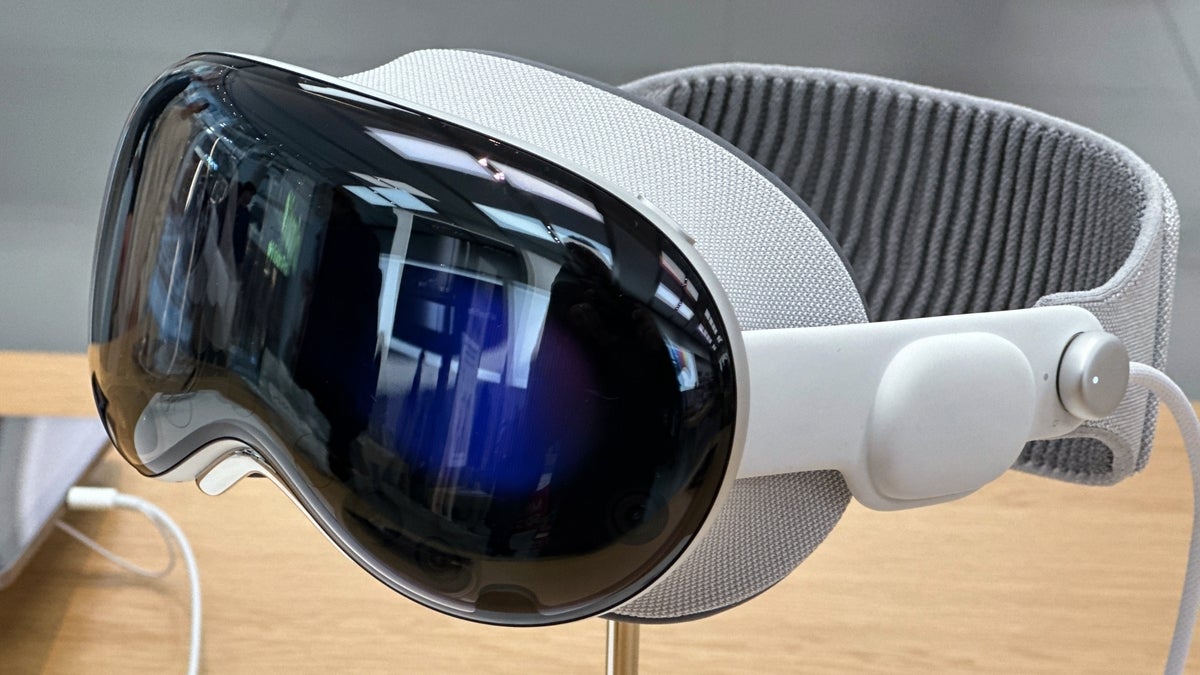Once upon a time, a young doctor joined the surgical unit at a prestigious hospital as an anaesthesiologist. He was an Apple user, of course, wearing Vision Pro during surgical procedures, as it allowed him to monitor all the vital signs during operations.
This is not a fairy story. It is a prediction based on the known direction of travel. After all, the device can already be used to display patient medical records in one expansive view….
We saw with Google Glass that one of the few successful deployments for that device was in certain sectors of the medical profession. Apple’s Vision Pro brings all that device did, adding in the kind of power you’ll get from a wearable computer augmented with AI. That’s why the medical profession is paying a lot of attention to the potential for the device.
GlobalData is monitoring more than a dozen mixed-reality trends in the medical field. These include optomery applications, surgical tools, and remote-care solutions, the analysts said.
Sourabh Nyalkalkar, practice head of innovation products at GlobalData, explained some of the future in a statement:
“The basic premise of surgical AR/VR innovation revolves around integrating XR technologies into surgical procedures. However, the intricate nature of surgical care demands more than just superimposing computer-generated images onto a surgeon’s view. The goal extends to providing real-time visual guidance and enhanced awareness during surgery.”
This technology will usher in “transformative change” across multiple industries, and the good doctor at the top of this tail is joining one of them.
Take a look at the evidence.
In the operating theater
A company called eXeX has already used Vision Pro in the operating room — when Dr. Robert Masson used the device during spinal surgery. The doctor sees the use of visual holographic guidance during surgery as transformative.
“This advancement is not just about enhancing surgical precision, but about revolutionizing the entire surgical team’s approach, making each operating more calm, quiet, and effortlessly efficient,” he said. The work builds on existing use of augmented reality, which UC San Diego Health began to use during surgery in 2021.
There are also uses in the associated field of radiology. The Visage Ease VP app provides an immersive experience for viewing high resolution radiology images; because the viewing field is so immense, this can help deliver better patient care strategies.
“Technology that allows for sophisticated eye motion and gesture controls for reviewing 2D and 3D medical imaging could potentially help in efficient tumor board reviews and create collaborative spaces in healthcare,” said Paul Murphy, one of the radiologists involved in the project.
In the hospital
Sharp Healthcare in San Diego is exploring the use of Apple’s new wearables at its new Spatial Computing Center of Excellence program. Thirty of the…
2024-02-20 17:00:03
Source from www.computerworld.com



















